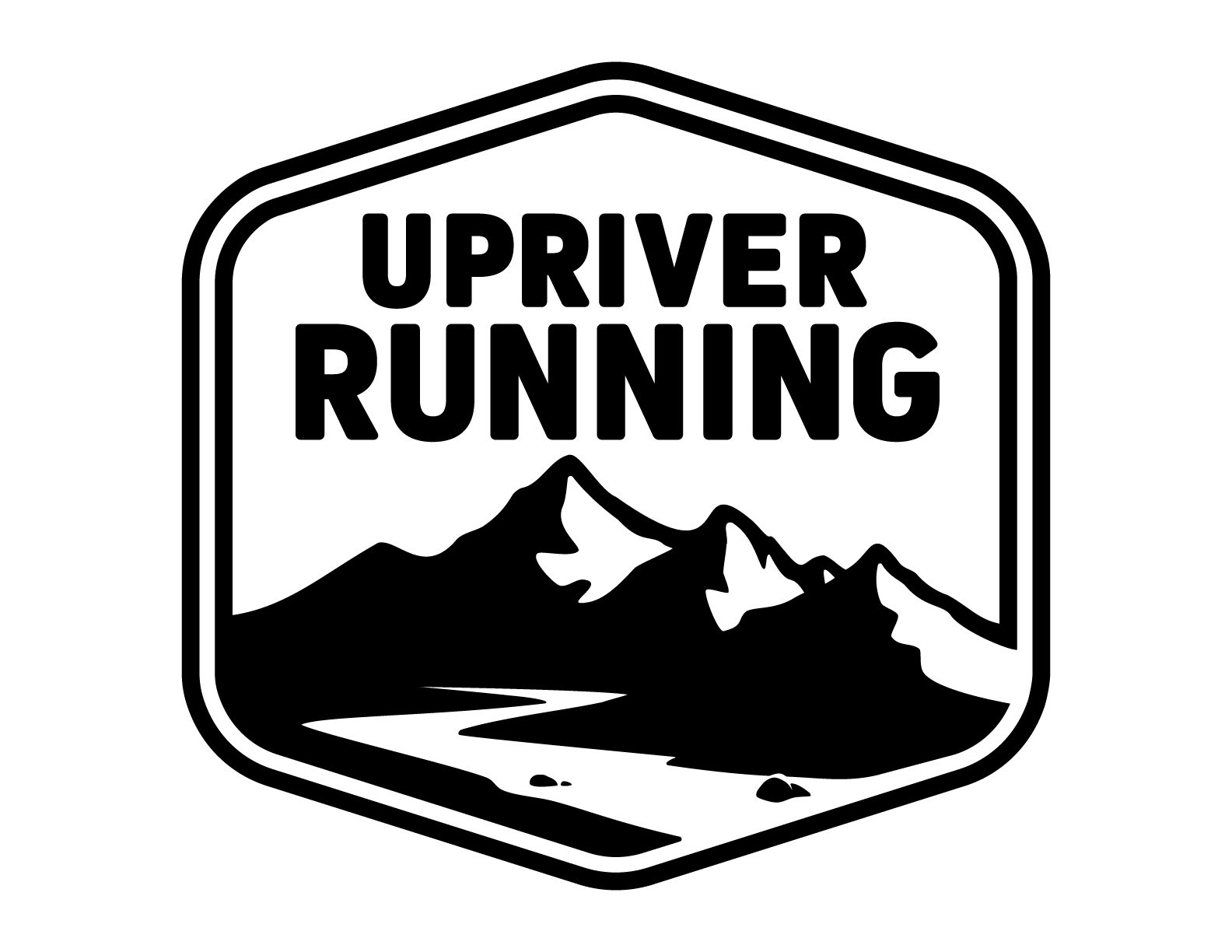The Layer Game
- UpRiver Running

- Dec 3, 2020
- 4 min read
Howdy Folks
Today we are talking about running comfortably in any temperature, AKA “The Layer Game”.
We run in the sun, we run in the rain, we run in the wind, we run in the snow and many combinations of the above. No matter what the weather is delivering, we want to be as comfortable as possible, in order to be able to accomplish our objectives.
Being comfortable out in nature is about knowing your body and how it functions, understanding how the weather will affect your body, and dressing accordingly. Dressing to be comfortable out in nature is incredibly subjective. We all feel different weather differently. Some people get hot and sweat a lot more than others, some feel the cold very easily and need to wear more to stay warm. Learning what works for you is going to involve some trial and error.
The term “layering” refers to wearing multiple layers all serving different purposes. In the basic understanding of layering there are 3 layers.
The Baselayer
worn directly against the skin
usually somewhat form fitted in the winter (to trap the initial heat coming off the body or move moisture from the skin)
Ideally made from a fabric that will move moisture away from your skin (ie. not cotton. Cotton holds onto moisture and is very slow to dry, when your skin is wet it looses heat quicker and feels colder)
The Warmth Layer
- worn over top of the baselayer
its job is to trap additional heat
Ideally made from a fabric that will move moisture away from your skin
The Shell Layer
worn over top of either the baselayer, or both the base and warmth layer
its job it to protect you from the elements (Wind, Rain, Snow)
Why would we want to dress in layers?
We dress in layers because it allows us to adapt to varying weather conditions. Both when picking clothes for our run and while out on it.
Lets look at an example.
Your objective is running 15km today, the weather is -10 Celcius, feels like -17 Celcius (due to wind).
There’s a saying that goes like this “start hot, sweat a lot, be bold, start cold”.
What does this mean?
We want to dress for the warmest part of our run. If you walk out the door in the winter to start your run and you feel comfortable (ie, not cold), once you are 5-10 minutes into your run, your temperature will have increased and you will be sweating excessively. You will be uncomfortable and it may lead you to be cold as you become excessively wet. If you step out the door to run in the winter and you feel a little cold after the first 5-10 minutes, you will most likely warm up and be running at a very comfortable temperature where you are not cold and not sweating excessively. So be bold, start cold.
Back to our example. Your objective is running 15km today, the weather is -10 Celcius, feels like -17 Celcius (due to wind).
Minus ten is a pretty comfortable winter running temperature, add a little wind and it starts to get a little chilly. For this temperature choosing a midweight baselayer (ie. 200g per square meter, we’re getting nerdy here;), and a windbreaker would be a reasonable choice. The baselayer will trap the initial heat that’s coming off your skin and the windbreaker will help to mitigate the heat that would be potentially lost by exposing your body to the wind. The winbreaker will also trap additional heat. This can be a pro or a con depending on the human being.
Lets talk adaptation. We head our for our run in the above temperatures. We have our baselayer and windbreaker on. We start from our house and run to the trails. Even though it’s quite windy and cold out, we have chosen our layers well and we are very comfortable on the run to the trails. Once we arrive at the trails we are protected from the wind. The “feels like” temperature no longer applies. We can now remove our windbreaker, ideally fold it into one of its pockets and carry it rather than wear it. We have adapted “on the run” (do you see what we did there ;), this is good layering at work.
On that same run we could just have easily worn an t-shirt and and insulated jacket and achieved the same warmth. When we arrived at the trails and the wind was no longer a factor, if we were to remove the insulated jacket, the t-shirt would most likely not be warm enough on its own. Picking the right layers is an art and takes practice. Different types of runs will also require different layering choices. For example, running on the road leaves you more exposed to the elements than running in the trails. A tempo run will be a lot warmer than a long slow run. There are always multiple factors to consider.
Now we know what layering is all about, give it a try and have fun figuring out what works for your body and your running. Let us know your thoughts or tips in the comments below.
If you like what we are doing here at UpRiver, please tell a friend, share this post, or comment below. We work hard to add value and grow our trail running community and we appreciate your support.
Have a comfortable run today ;)














Comments